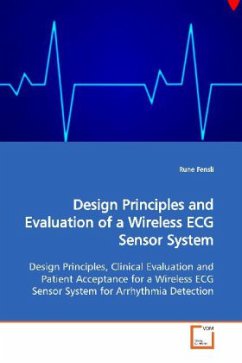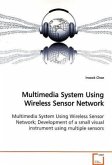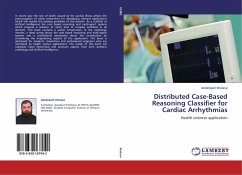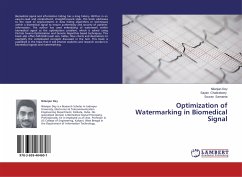New wireless technologies open up possibilities for
the monitoring of vital signs parameters using
wearable biomedical sensors. The idea behind the
newly developed wireless ECG sensor was to avoid the
cabled connection from the ECG sensing electrodes to
the corresponding recording device.
Not only could this setup keep patient discomfort to
a minimum, it could also provide patients with the
freedom of mobility and improved quality of life,
enabling them to carry out their normal daily
activities while under continuous monitoring.
Furthermore, increasing mobility could enhance the
quality of the data being measured, since patient
behaviour might be closer to his/her normal
routines, than when using existing technology.
A new wireless ECG sensor system has been developed
and tested in a clinical trial.
A model for measuring patient satisfaction and the
definition of a Sensor Acceptance Index has been
developed, and a survey was conducted as part of the
clinical trial. The results of this clinical study
were promising with respect to future use as a
continuous event recorder for arrhythmia diagnostic
purposes.
the monitoring of vital signs parameters using
wearable biomedical sensors. The idea behind the
newly developed wireless ECG sensor was to avoid the
cabled connection from the ECG sensing electrodes to
the corresponding recording device.
Not only could this setup keep patient discomfort to
a minimum, it could also provide patients with the
freedom of mobility and improved quality of life,
enabling them to carry out their normal daily
activities while under continuous monitoring.
Furthermore, increasing mobility could enhance the
quality of the data being measured, since patient
behaviour might be closer to his/her normal
routines, than when using existing technology.
A new wireless ECG sensor system has been developed
and tested in a clinical trial.
A model for measuring patient satisfaction and the
definition of a Sensor Acceptance Index has been
developed, and a survey was conducted as part of the
clinical trial. The results of this clinical study
were promising with respect to future use as a
continuous event recorder for arrhythmia diagnostic
purposes.








